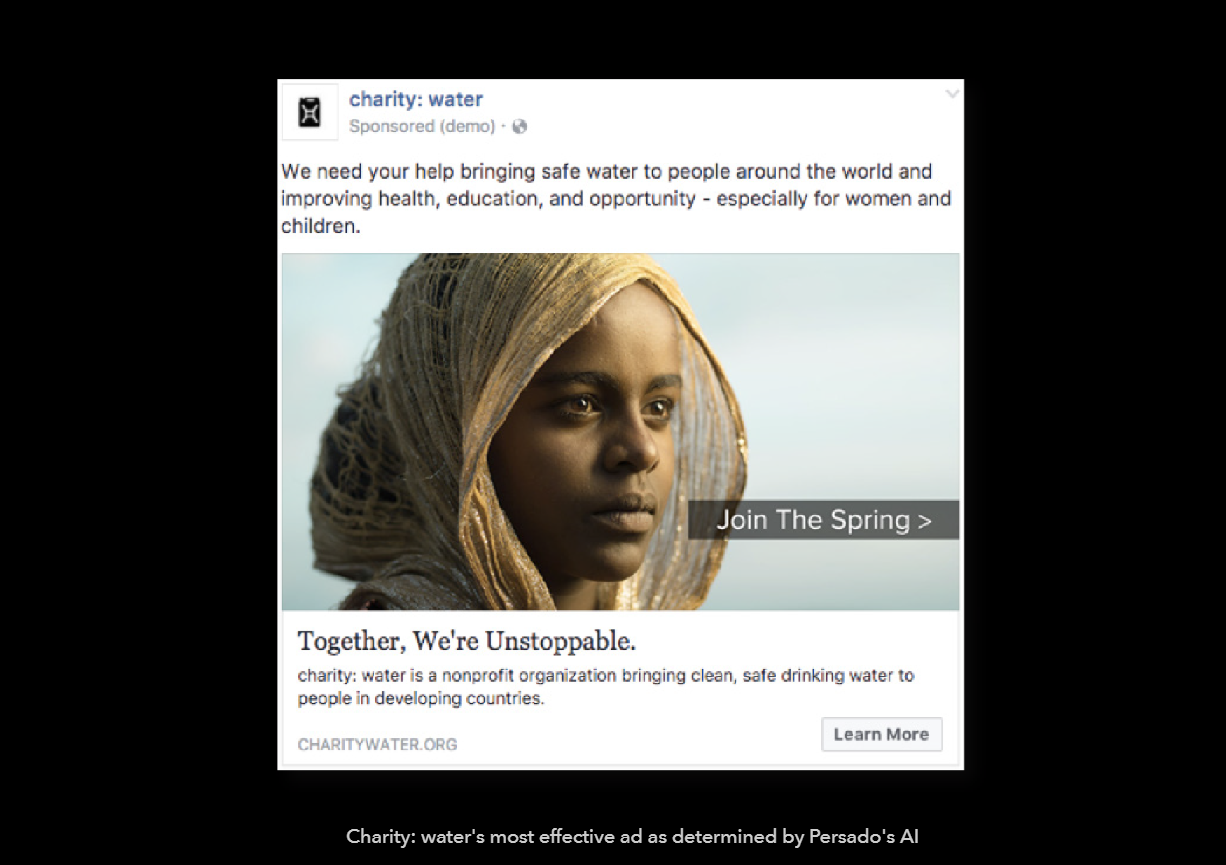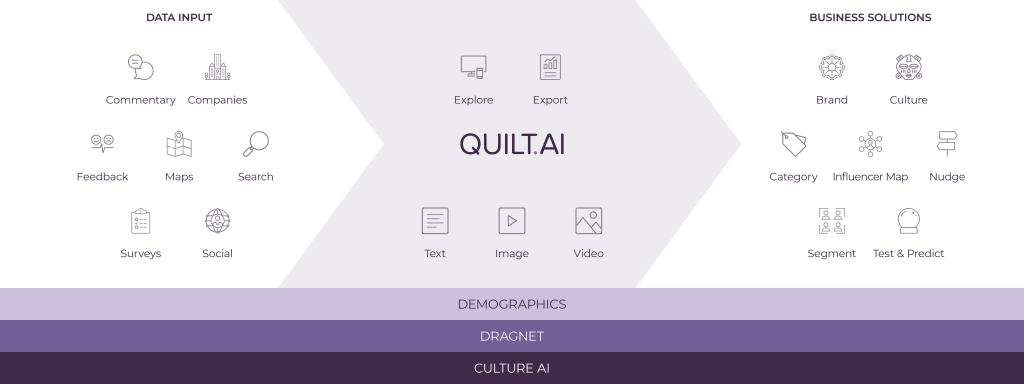
Can nonprofits change hearts and minds in the advocacy and political arenas by adding Artificial Intelligence (AI) tools to their online organizing toolbox? Or is AI just another form of nonprofit snake oil with no real impact? Spoiler: If you use it right, it can be a powerful tool to enhance your fundraising and advocacy.
First step? Identify where AI could work for your organization specifically. As nonprofits embark on their next website redesign or online campaign, it’s important that the community identify how AI can be effective in a world that’s already being driven by AI in many other parts of our lives. Nonprofits have access to a significant amount of data, but more often than not they don’t have the capacity to act on the data in meaningful ways. While it’s true that one of the best analytical tools is the human brain, AI can be incredibly helpful, too. By collecting and analyzing huge amounts of data in a short time period, AI can assist organizations in making informed, data-driven decisions rather than basing campaign or website content strategy decisions on personal assumptions, preferences, and/or biases.
Before we dive into how your nonprofit can use AI, let’s define a shared understanding of what Artificial Intelligence means. AI refers to deep learning - this is where computers are programmed to look for patterns, think like humans, rationalize, and recommend actions that have the best chance of achieving a specific goal.
The first thing your nonprofit needs to figure out is how AI can help you meet your organizational goals. Don’t just say you want to use AI on your new website or campaign because it’s the shiny new object. You need to be strategic if you want AI to generate any impact for your organization. Identify a specific issue that you are trying to solve and what data you are currently collecting around that issue, and/or about your constituents. Then determine what other important data you need to collect that will be highly relevant to your mission and outcomes to improve your dataset. As you go through this process be careful to ensure you are abiding by the user privacy and terms you’ve disclosed to constituents on your website as well as other channels.
After determining what data you already collect and what specific issues you’d like to solve you’ll need to define how you can use AI to your organization’s advantage in your work.
Here are four ways nonprofits can leverage AI:
1) AI in Field Work
One of the biggest uses of AI is in nonprofit field work. For example, the Rainforest Connection is on a mission to protect forests from illegal logging. They use Google’s TensorFlow to detect illegal logging in vulnerable forest areas by analyzing audio-sensor data. They’re creating one of the world’s largest datasets that lets scientists compare month over month, year over year changes to our planet’s most endangered ecosystems in order to protect them. This data is then taken and used for land management, implementing policy changes and to determining how to allocate resources. Leveraging AI has significantly helped Rainforest Connection use the data to reintroduce species into reserves. The sounds/alerts and patterns of activity they have collected and analyzed via AI has also helped rangers to monitor, support and protect the successful re-introduction of the species.
2) AI for Fundraising
A major benefit of AI is that you can apply it to many aspects of your organization’s work. There’s no need to limit it just to field work or programs. You can use it for honing your fundraising and advocacy communications online.
Persado is an AI tool that helps organizations write fundraising and advocacy emails, social media, and direct mail copy that’s customized for each of your audiences. Persado says they run thousands of data experiments allowing organizations to go deeper than A/B or multivariate testing by using experiential design. They look at the tone of the content, calls to action, positioning, the emotional appeal, formatting, etc.
The nonprofit Charity: Water used Persado to understand which content and images on Facebook would generate more recurring donors for its monthly program called The Spring. After seeing the data, Charity: Water was able to act on the data and experienced a 32% increase in donation conversions.
3) AI to Understand Campaign Content Gaps
Nonprofits tend to struggle with content gaps across all of their communication channels. You might think that you’re reaching your audiences with the right messaging, but many times that’s not happening. Given the lack of resources, nonprofits often haven’t slowed down enough to do the hard work of learning who their audiences are and what their constituents need to engage on their issues.
One AI tool that nonprofits can use to help with this is Quilt.AI, which takes every organization’s digital imprint — every tweet, every photo, every video, every blog comment (as long as they are public and legally accessible) and converts them into an anonymized and aggregated human view. Their tools allow nonprofits to better understand patterns at scale and helps to predict changes in human behavior (though sometimes people are more unpredictable than we - or AI - can anticipate). With this data in hand, your nonprofit can better understand your donors and advocates.
For example, when organizations wanted to develop a campaign with a thorough understanding of the abortion and family planning services in Patna, India, they used Quilt.AI to collect and assess 50,000 data points. This dataset was then analyzed to understand people’s attitudes towards sexual and reproductive health (SRH) topics. As a result, they learned critical information to better arm SRH groups and help meet people’s needs in Patna. For example, they learned that women of all ages had an interest in understanding abortion but when they viewed local organizations content and influencers they quickly realized there was a big content gap in reaching women influencers who were able to share content that was more accessible and user-friendly to women who were seeking information on familying planning and aborition in Patna.
4) AI and Leveraging Data from Personal Stories
We are only at the beginning of the mapping personal stories and AI. Nonprofits should be leveraging this intersection by using AI to enhance the data collected from stories gathered through your website, social networks, interviews from program participants, etc. For example, if you are a nonprofit working with immigrant communities, helping people navigate the complex system to get a green card, visa, etc., you could leverage AI and build an app that makes suggestions on the best strategies to obtain these documents. The app would be powered by the data and analysis of success stories from your own nonprofit, immigration cases that are part of public record, and more.
While I used an immigration nonprofit in the example above, your organization could adapt this approach if you are collecting stories about people's experiences navigating issues that are central to your mission. For example, organizations that work on family planning, mental health, criminal justice reform, etc.
While AI has been around for years and is the backbone of so many products and platforms, like Amazon and Google, that people use on a day-to-day basis, nonprofits are just testing the waters around what’s possible with AI. There’s huge potential in the innovative ways we can use it to understand our audiences and what they need from us to empower them in our mission. However, AI isn’t all rainbows and unicorns, it also has enormous privacy and ethical challenges that we must face head on as a nonprofit community. We will explore these AI challenges in the next couple of weeks on the Rad blog.







